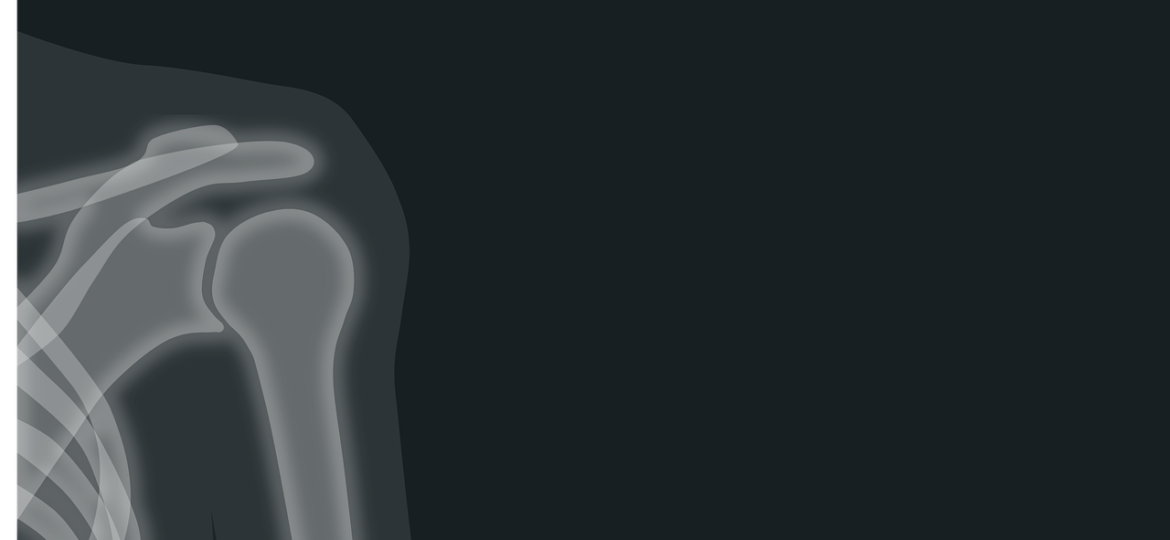
A shoulder injury is more than just a little painful. It can be debilitating to live through, and the recovery process can take multiple months. And, yes, it’s extremely painful as well (not to mention uncomfortable).
But did you know that there are actually three different varieties of shoulder fracture? From a broken shoulder proximal humerus fracture to clavicle and scapula fractures, this is much more complicated than “just” breaking your shoulder. Join us today, as we break down the symptoms of each kind of fracture.
Clavicle Fractures
The clavicle, also known as the collarbone, is a thin bone extending from the base of the neck out to the top of the proximal humerus or shoulder bone. Clavicle fractures can happen at any age, from newborns to the elderly.
Normally, these fractures occur after a fall or direct hit. They’re fairly common in contact sports and, of course, following any major motor vehicle accident. Some typical symptoms include bruising, swelling, and/or generalized pain. Bumps may form at the site of the injury, and patients will usually experience difficulty raising your arm.
Proximal Humerus Fracture
The long bone, or humerus, runs from the elbow to the shoulder. In the event of a proximal humerus fracture, damage to the bone occurs at or near the top of the bone. This is usually either at or near the ball-shaped humeral head, resting in the shoulder’s socket.
A broken shoulder proximal humerus fracture can occur at any age, making them fairly common. It’s worth noting, however, that this risk increases as we grow older.
Proximal humerus fractures join humeral shaft and distal humerus fractures, all affecting the humerus bone at different points.
Luckily for us, humeral fractures can usually be treated without any need for surgery. Surgery really comes down to the amount of displacement and how involved the joint cartilage is. Age and the patient’s activity level are also factors.
Scapula Fracture
The triangular scapula is a bone located in the upper back. It’s also the central point where the chest and arm connect, making it a painful and debilitating injury to suffer through.
Comminuted scapula fractures occur when the scapula shatters into multiple fragments. Specifically, any number of fragments over three. Fractures of this type are extremely rare, most commonly seen in men aged 25 to 45.
A Broken Shoulder: A Complicated Process
Whether you’re living through a broken shoulder proximal humerus fracture, clavicle fracture or scapula fracture, a broken shoulder is debilitating. You need to know what kind of injury you’re working with, and the best approach to fixing it over time.
For more on some of the leading orthopedic implants being used to treat broken bones today, visit Toby Orthopaedics today!

